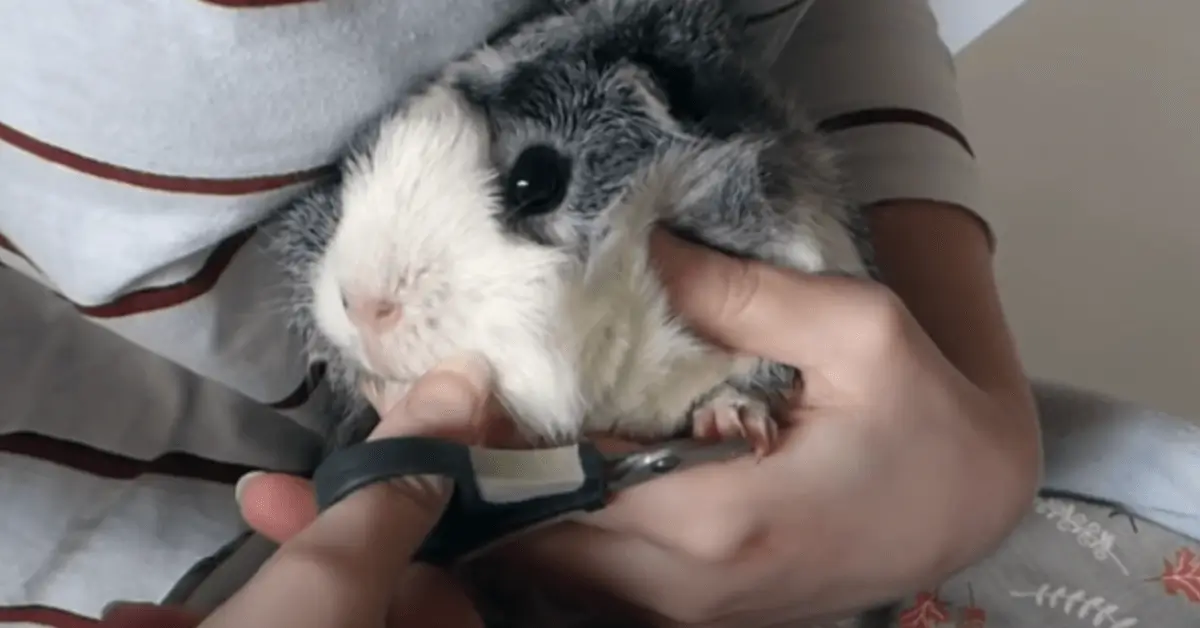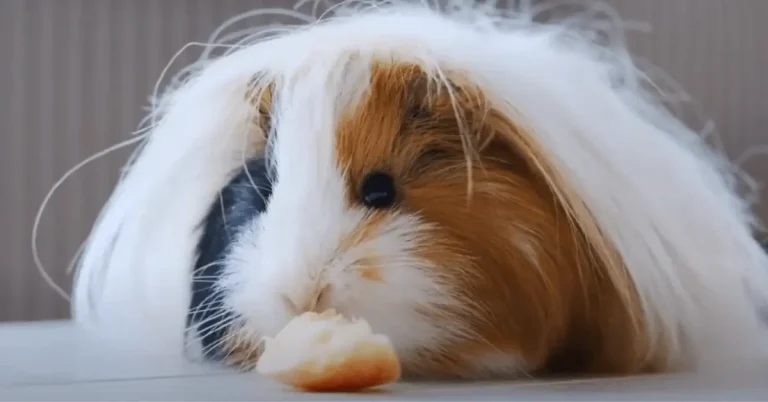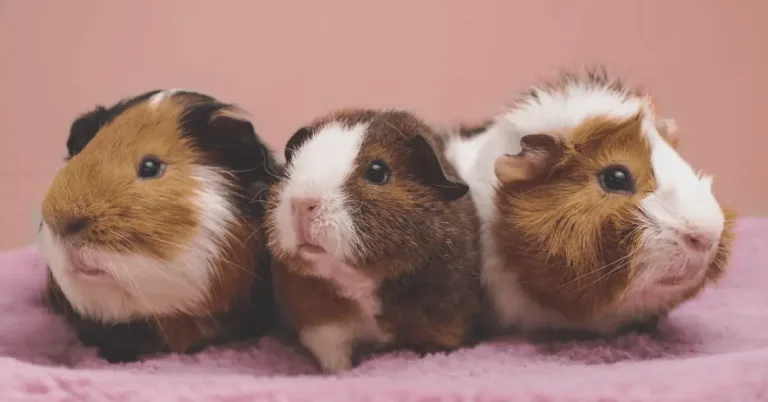Trimming guinea pig nails can be a challenging task for guinea pig owners. Regular nail trimming is essential to prevent your guinea pigs’ nails from growing too long. While wild guinea pigs naturally keep their nails short by running on surfaces like rocks and wood, our domestic guinea pigs require extra care to avoid overgrown nails. If you’re concerned about your guinea pigs developing overgrown nails, you’ve come to the right place to find all the information you need about trimming guinea pig nails and how to cut a guinea pig’s nails like a professional.
Whether your guinea pigs tend to be wriggly or calm during nail trims, cutting guinea pig nails can indeed be a tricky task. However, with time and continuous practice, you can become more proficient. Don’t get discouraged if your initial attempts are not perfect; it becomes easier with time.
We’ll ensure that your nail trimming process is stress-free for your pet guinea pig. Additionally, we will explain how to cut your guinea pig’s nails, where to make the cuts, and what to do if the nails start bleeding.
How to Cut Guinea Pig Nails?
Here is a complete guide to cut your guinea pig nails:
Step-by-Step Guide to Trimming Guinea Pig Nails
Step 1: Prepare the Environment
Select a quiet and well lighting area for the nail trimming session. Reducing noise and distractions will help keep your guinea pig calm. Also, make sure to have all your tools ready and within reach.
Step 2: Secure Your Guinea Pig
Hold your guinea pig gently but securely on your lap, with its back facing you and rump against your stomach. Support its rear end with one hand, ensuring it is upright.
Step 3: Choose the Paw
Decide which paw you want to start with using your free hand. If you’re new to this, it’s usually better to start with one paw and then move on to the others.
Step 4: Inspect the Nail
Carefully examine the nail. The objective is to trim the sharp tip of the nail without cutting into the ‘quick,’ which is the sensitive blood vessel inside the nail. In guinea pigs with light or see-through nails, the pinkish quick is usually visible. You should cut just before reaching this area. Trimming can be more challenging for guinea pigs with dark colored nails. Make sure you are working in a well lighting area. Sometimes, shining a light beneath the nail can be helpful. Be cautious and trim conservatively if you can not see the quick.
Step 5: Trim the Nail
Use the nail clippers to carefully trim the tip of the nail. The aim is to cut the sharp edge while avoiding the quick. If you are unsure, trim about a quarter of an inch from the tip.
Step 6: Repeat for All Paws
Shift the guinea pig and your grip to access all the paws. Remember to provide your guinea pig with breaks as needed to reduce stress.
Related: Can Guinea Pigs Bite?
Guinea Pig Nail Accidents: How to Handle Bleeding Nails
Nail trimming for guinea pigs, while essential for their well-being, can occasionally lead to accidents. Accidentally cutting the quick is a common mishap that can result in bleeding. However, there’s no need to panic if such an accident occurs. In this guide, we’ll provide you with practical steps to manage and treat guinea pig nail accidents effectively.
Step 1: Stay Calm
First and foremost, remain calm. Accidents happen, and they can be resolved without causing undue stress to your guinea pig.
Step 2: Control the Bleeding
To stop the bleeding from a nail, you can use various household items and products:
- Styptic Powder: This is a quick and highly effective solution. While it may cause momentary discomfort, it’s great for stopping the bleeding.
- Cornstarch or Flour: Household items like cornstarch or flour can be used similarly to styptic powder. They promote clotting and help stop the bleeding.
- Soap or Beeswax: Gently press the bleeding nail into a bar of soap or beeswax. This can help seal the wound and prevent further bleeding.
- Direct Pressure: For minor bleeding, applying gentle but firm pressure to the nail tip for about 5 minutes can effectively stop the bleeding.
Step 3: Observe Your Guinea Pig
Ensure that the bleeding has completely stopped before returning your guinea pig to its cage or leaving it unattended. Watch your pet for any signs of distress.
By being prepared and following these steps, you can confidently address nail trimming accidents and provide a safe and comfortable experience for your guinea pig.
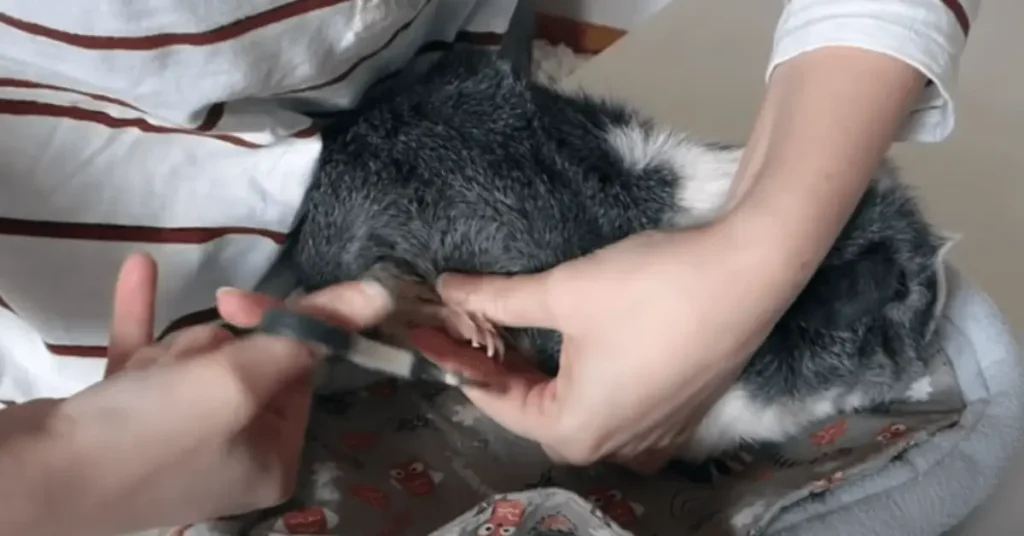
Why is it so important to trim your guinea pig’s nails?
Guinea pigs, like other animals, have a specific nail growth. In the wild, their nails would naturally wear down as they forage for food and move about. However, in captivity, where they don’t have the same opportunities for natural wear and tear, their nails can grow longer than they should.
Here’s why regular nail trimming is crucial:
- Comfort and Mobility: Overgrown nails can lead to discomfort and restrict your guinea pig’s mobility. This can cause pain when walking and, in severe cases, may even lead to injuries or deformities in their feet.
- Health Issues: Long, curly nails can curl into the footpads, creating wounds and exposing your pet to the risk of “bumblefoot.” This condition can lead to severe inflammation and, in rare cases, a serious bone infection.
- Behavioral Impact: Guinea pigs with overgrown nails may become less active and show changes in behavior, such as reluctance to move or play.
How long should a guinea pig’s nails be?
Guinea pig owners often ask, “How long should my guinea pigs’ nails be?” The answer lies in achieving a fairly short nail length, where the nails don’t touch the ground when your pet’s paw rests on a flat surface. This ideal length is crucial for your guinea pigs’ comfort and mobility.
Maintaining the right nail length is essential for several reasons:
- Overgrown nails can lead to discomfort and restrict your guinea pigs.
- Curly nails can curl into the footpads and creating wounds.
- Guinea pigs with overgrown nails may become less active.
Regular nail trimming is essential. We recommend trimming a small portion of their nails every other week. This practice will help the sensitive blood vessel inside the nail to recede as the nails become shorter. With consistent grooming, you can keep your guinea pigs’ nails comfortably short and shiny, ensuring their well-being and happiness.
How often should I cut my guinea pig’s nails?
The frequency of guinea pig nails trimming depends on several factors.
- Age plays a role, with older guinea pigs often needing more frequent trims due to thicker and faster-growing nails.
- Activity level matters; more active guinea pigs may naturally wear down their nails and require less frequent trims.
- The rate of nail growth is unique to each guinea pig.
- Regularly monitor your guinea pig’s nails for signs that they need trimming.
- Signs include nails touching the ground and a clicking sound when walking on hard surfaces.
- If you’re new to guinea pig nail trimming, start with more frequent and shorter trims to avoid cutting the quick.
- Overgrown nails can curl, making them more challenging to cut and causing issues for your guinea pig.
- Neglecting nail care can lead to serious problems and potential veterinary bills.
- Make guinea pig nail trimming a regular part of your bi-weekly grooming routine to keep your furry friends comfortable and healthy.
Tools for Nail Clipping
Choosing the right tools for nail clipping is essential for a successful and safe grooming session. While there are clippers specifically designed for guinea pig nails, standard cat nail clippers often work well. They feature a rounded blade that is suitable for guinea pig nails. On the other hand, avoid using dog nail clippers as they tend to be too large for these small pets.
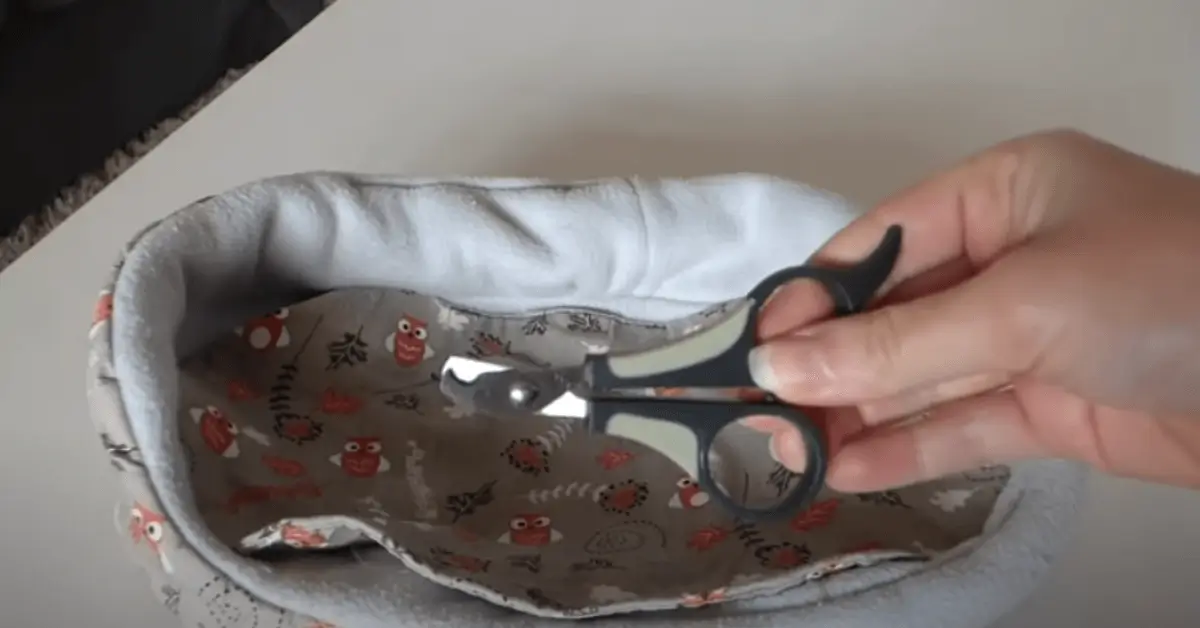
Where can I get my guinea pig nails clipped?
If you’re unsure about cutting your guinea pig’s nails, you don’t have to do it yourself. There are knowledgeable individuals who can guide you through the process or trim your guinea pig’s nails for you. You can seek assistance from:
- Guinea pig-savvy veterinarians or vet nurses
- Professional pet groomers
- Experienced guinea pig owners who are skilled in nail trimming
These services typically come at a reasonable cost, so if you’re not comfortable doing it on your own, you can schedule regular appointments for your guinea pigs to have their nails taken care of.
Frequent Asked Questions (FAQ’s)
What happens if guinea pig nails are left untrimmed?
Overgrown nails can lead to discomfort, mobility restrictions, potential injuries, and behavioral changes in guinea pigs.
What’s the ideal length for guinea pig nails?
The ideal length is fairly short, with the nail not even touching the ground when the paw is on a flat surface. If you can hear the nails clicking against hard flooring, it’s time for a trim.
What can I do if I’m uncomfortable trimming my guinea pig nails?
If you’re not confident about cutting guinea pig nails, consider seeking professional help from cavy-savvy veterinarians, pet groomers, or experienced guinea pig owners.
Key Points for Guinea Pig Nail Trimming
- Guinea pigs’ nails need regular trimming to prevent overgrowth, curling, and discomfort.
- In the wild, their nails naturally wear down, but in captivity, they require assistance.
- The quick, a sensitive blood vessel inside the nail, should not be cut.
- For light nails, the quick is usually visible as a pinkish area; trim just in front of it.
- Dark-colored nails can be more challenging to trim; good lighting is essential.
- Overgrown nails can lead to discomfort, mobility issues, and even injuries.
- Regular trimming every two to three weeks is ideal to avoid hitting the quick.
- You can seek professional help for nail trimming if you’re uncomfortable doing it yourself.
Conclusion
Guinea pig nail trimming is a vital aspect of responsible pet ownership. While it may seem daunting, following the guidelines and practicing regularly will help you master this skill. Keeping your guinea pigs’ nails comfortably short and shiny is not only crucial for their well-being but also ensures their happiness. So, don’t hesitate to schedule regular nail trimming sessions and enjoy the pitter-patter of healthy guinea pig paws!

